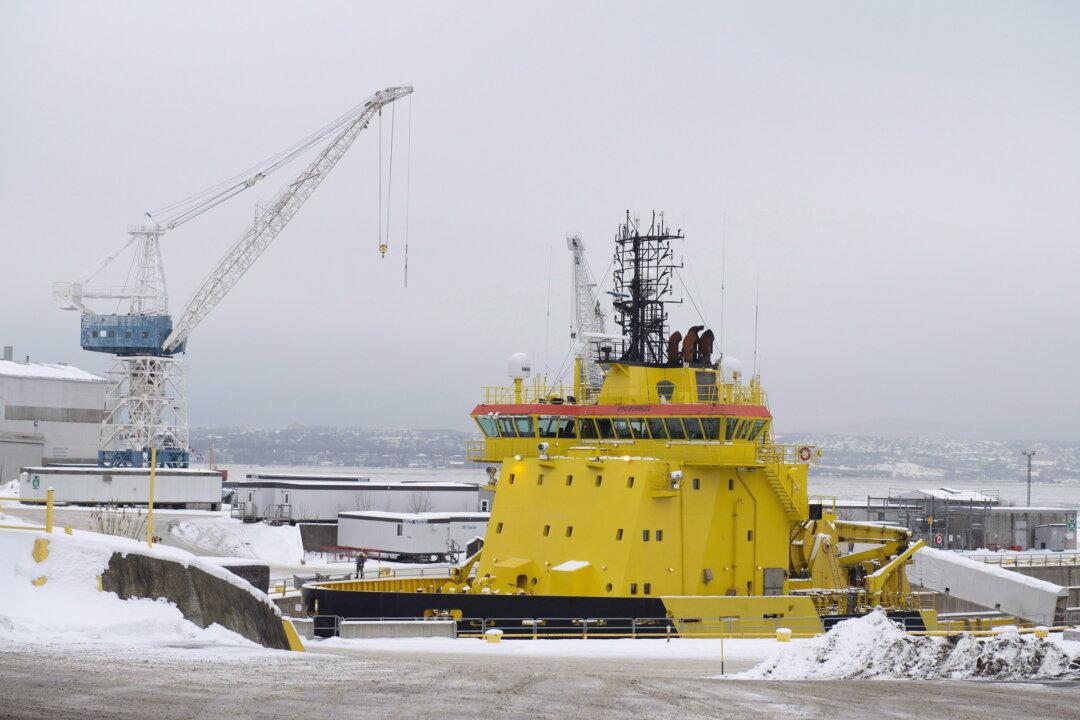The federal government is behind schedule in delivering new ships for the Navy and Coast Guard, resulting in serious cost overrun and increased potential risks of vessel shortage.
A report put forth by Auditor General Karen Hogan in February revealed that the National Shipbuilding Strategy has “significantly delayed” the delivery of many federal ships, increasing the risks of old combat and non-combat vessels being retired before new ones are replenished.





